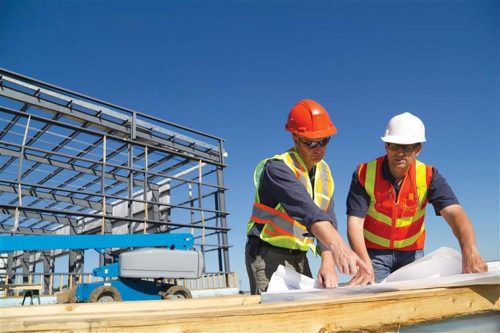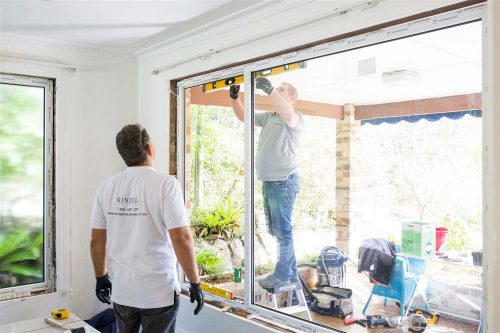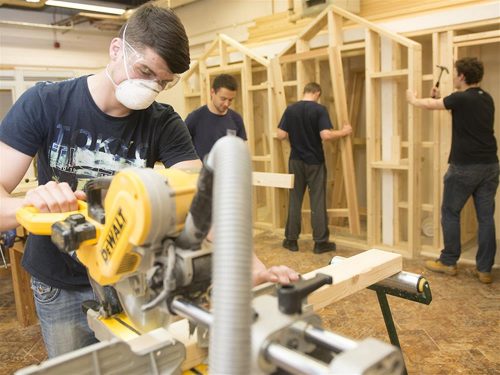Plastering Courses (Construction) B
Description
Plastering Courses (Construction) B
The Technical Certificate of Level Two in plastering enables a learner to start a career in any of the industry of construction as a plasterer. The learner can progress to employment, apprenticeship or even continue to higher studies at the third qualification.
The advanced level three diploma is for those that want to have meaningful employment in the construction industry by gaining the knowledge and skills needed in the extended diploma.
The technical qualifications also can be a component of our partners which is a new exciting program of study which is designed to provide learners between 14 years and 19 years professional and technical skills required to continue from FE to university or apprenticeship or the job market.
To make sure that a learner develops wider skills in the workplace that are needed by employers, our partner goes further to combine practical work, critical skills, experience and technical qualifications brought through our partners which is an innovative learning online hub that provides learners with an opportunity to develop and practice the skills learned from any place and at any time.
The Technical Certificate at level two and the technical certificate at level three are aimed at individuals between 16 and 18 years and those above 19 years.
THE INVOLVEMENTS OF STUDYING THE COURSE
Learners that have an interest in the technical level two certificate in plastering will learn the theoretical aspects of the course and apply them in the practical aspects.
The mandatory topics to be covered include the following:
Construction principles
Fixing sheet equipment and materials and internal plastering
There are other pathways that the learner can choose which are fibrous, dry lining or solid
The topics for the solid pathway include:
Application of external rendering
Screed floor systems
Direct jointing, taping and bonding
The topics for the fibrous pathway include:
Production, fixations and finishing of plain plaster to match the existing
The topics for the dry lining pathway include:
Installation of encasement and lining systems
Installation off metaling ceiling systems
Installation of metal partitioning systems
Learners that have an interest in the extended diploma and advanced technical level three qualification in plastering will learn the theoretical course aspects and use them in the practicals.
The core units are:
Running in- situ moulds
Application of plastering materials to interiors
Application of plastering materials to the exteriors
Production of reverse mould for the cement casting and fibrous plaster
Production of fixed fibrous for the cement casts and fibrous plasters
The Technical Certificate in Level Two in plastering can lead to the employment opportunities as a plasterer below:
Company of house building
Company of property development
Small businesses refurbishing and repairing buildings
It can also be a component of an apprenticeship in decorating and painting.
The extended diploma and advanced technical level three qualifications can lead to the employment opportunities below:
Plasterer working in the domestic and commercial premises
Self-employed plasterer working for refurbishment and domestic repair projects
THE INVOLVEMENTS OF COURSE DELIVERY
To offer the course, the colleges or centers should give learners the appropriate learning environment to do the theoretical and practical aspects of the qualification. The other requirements can be downloaded from the handbook of qualification at the documents center section. No other requirements.
Level Two
Level two is ideal for those that have some plastering skills maybe from a role they have had under supervision and want to be recognized for their skills.
THE CAREERS THAT THIS LEADS TO
Craftsman in plastering and specializing in fibrous, dry lining and solid as per the qualification pathway selected.
Level Three
Level three is appropriate for those that have been working in the industry of construction and have got a lot of experience. It is for those that have been involved in management and supervision of resources.
THE CAREERS THAT THIS CAN LEAD TO
Plasterer




